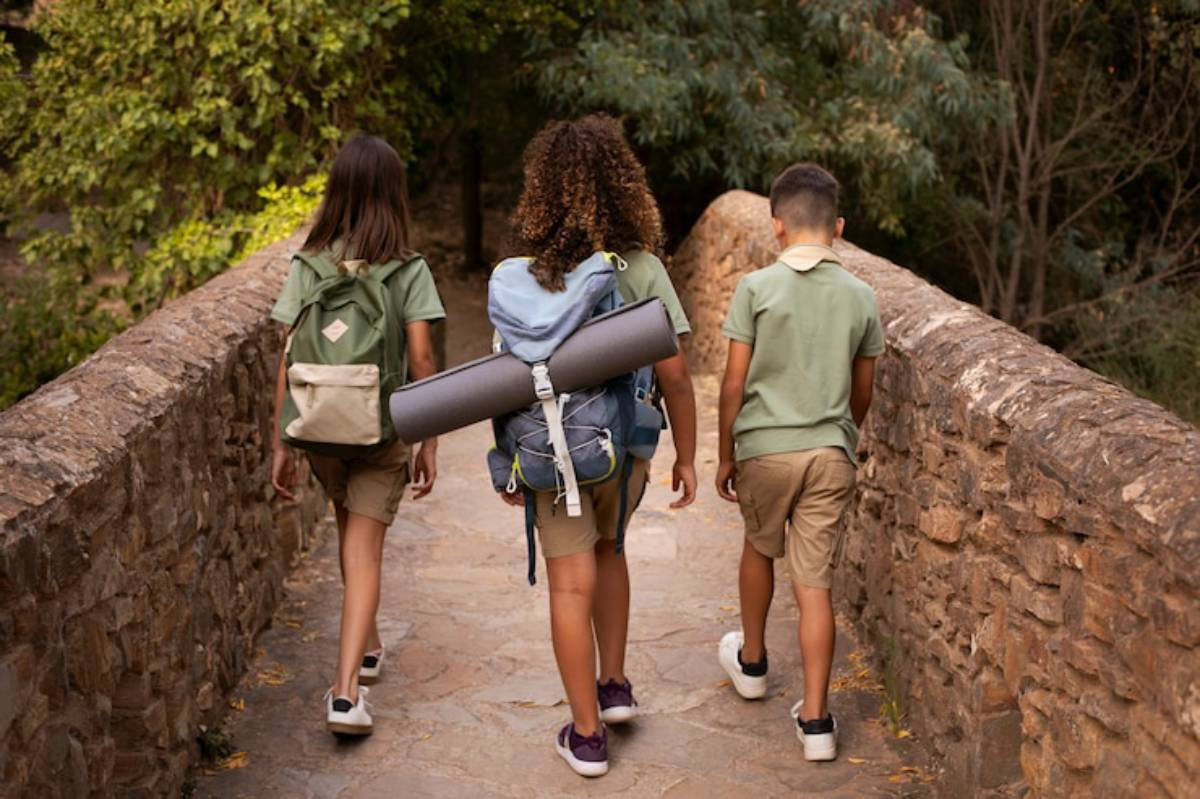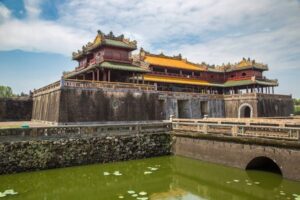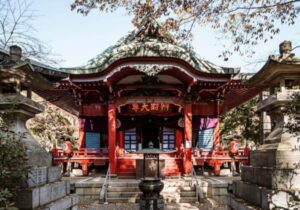The Travel Blog

How to Plan a Cultural Immersion Trip in Lesser-Known Asian Regions
Beyond Landmarks – Into Living Culture
Tourists snap selfies at Angkor Wat or the Taj Mahal every day, but true cultural connection happens far from the Instagram crowd. Asia’s hidden areas are rich with old traditions, sacred rituals, and colourful stories just waiting to be found.
Explore tribal weaving villages in Laos and ancient storytelling in Northeast India. A cultural immersion trip is your ticket to meaningful travel. And guess what? You don’t need to spend a fortune or join a rigid tour group.
This guide will help you plan a cultural travel experience in Asia. It focuses on hidden cultural sites and real human connections.
Understanding the Core: What Is Cultural Immersion Travel?
Cultural immersion travel means stepping beyond surface-level tourism. Instead of ticking off attractions, you:
- Participate in local customs
- Stay in homes or community-run lodges
- Learn traditional crafts, music, or cooking
- Respect and understand the why behind cultural practices
Experts in anthropology and travel studies say this type of tourism builds empathy. It also preserves intangible heritage and supports sustainable development in remote communities.
According to the UNWTO, cultural tourism accounts for 40% of global travel, yet most of it still lacks immersiveness.
Lesser-known Asian areas are great for travellers. They have fewer tourists, more authentic experiences, and warm hospitality.
Quick Guide: Key Steps to Planning a Cultural Immersion Trip

| Step | What to Focus On | Why It’s Important |
| 1 | Choose a lesser-known region | Avoid over-tourism and support hidden communities |
| 2 | Connect with local organisations | Ensures ethical and informed experiences |
| 3 | Learn before you go | Builds respect and engagement |
| 4 | Live like a local | Deepens your cultural insight |
| 5 | Reflect, not just record | Creates lifelong impact, not just photos |
Step-by-Step Guide: Planning a Culturally Immersive Journey
1. Choose Your Destination Wisely
Skip the big-ticket cities. Instead, explore places like:
- Ziro Valley, India – home to the Apatani tribe and traditional rice-fish farming.
- Luang Namtha, Laos – hill tribe trekking and textile arts.
- Tana Toraja, Indonesia – surreal funerary rituals and boat-shaped houses.
These regions have a rich heritage. They attract few tourists, which makes them perfect for deep cultural experiences.
2. Partner with Local or Ethical Travel Providers
Search for:
- NGO-led cultural tours
- Community-based tourism (CBT) networks
- Small guesthouses run by locals
Look for certifications from Fair Trade Tourism or local equivalents.
Pro Tip : Look at Grassroots Volunteering, Responsible Travel, or Local Alike for trusted community experiences.
3. Study the Culture Before You Go
Understanding etiquette, religion, dress, and local history is vital. Read local authors, listen to regional music, or watch documentaries. Apps like Culture Smart! and Duolingo are great starting points.
Anecdote : I once offended a village elder by sitting with my feet pointing at a temple—something a quick cultural read would’ve saved me from!
4. Stay in Homestays, Not Hotels
Homestays provide:
- Real family meals
- Local traditions (like dance or crafts)
- Storytelling over breakfast
In Northern Vietnam’s Ha Giang, for instance, you might help with rice planting or share tea with Hmong elders.
5. Participate, Don’t Just Observe
Join in by pounding sticky rice, attending a harvest festival, or trying batik painting. This shows respect and creates mutual value.
In Yogyakarta, Indonesia, you can attend local workshops. Here, you’ll design your own batik scarf. Each pattern tells a family story.
Secret Tip : Want to be invited to community gatherings? Arrive curious. Explore local markets. Start friendly chats; hospitality usually comes next.
6. Use Local Transport Where Possible
Travelling by jeepney, cycle rickshaw, or local train helps you see everyday life. It’s cheaper, eco-friendly, and deeply humanising.
Important Things to Remember
Cultural Sensitivity Matters
Some traditions (like funerals or sacred ceremonies) are not for outsiders. Always ask permission and follow your guide’s lead.
Language Opens Doors
Even 5–10 words in a native tongue build trust. Learning “thank you” and “hello” in Khmer or Tamil can spark heartfelt smiles.
Don’t Over-Schedule
Leave room for unplanned moments—like being invited to a wedding or a forest blessing ritual.
Important : Local festivals may follow lunar calendars and shift each year. Always double-check dates with your host or a local tourism board before planning your trip.
Best Practices & Additional Insights
- Pack Respectfully : Modest clothing, reusable items, and gifts from home (like postcards or local treats) are appreciated.
- Stay Longer in One Region : Depth beats breadth. One week in a village is more immersive than 10 cities in 10 days.
- Document Thoughtfully : Ask before taking photos. Journaling reflections is more powerful than selfies.
- Give Back Mindfully : Avoid voluntourism unless you’re offering needed skills. Better yet, support a local craft co-op or leave a review for your host.

FAQs for Immersion Trips in Asia
How do I find cultural travel experiences in rural Asia?
Start with platforms like Backstreet Academy, Village Ways, or local CBT initiatives. Asking hosts or guesthouses for contacts is also helpful.
Is it safe to visit offbeat Asian villages?
Yes, especially when you partner with a local guide or community initiative. Trust your instincts, and always inform someone of your location.
What should I bring as a respectful guest?
Wear modest clothes, use a local language guide, and bring reusable items to cut down on waste. Small gifts from your country also make a great impact.
What if I’m a vegetarian or have dietary restrictions?
Let your host know in advance—many traditional dishes can be adapted. Rural communities are often accommodating, especially when you’re polite and clear.
Can I bring gifts for my host family?
Yes—small, thoughtful items like postcards, tea, or sweets from your home country are appreciated. Avoid overly expensive or flashy presents.
Do I need to book cultural experiences in advance?
Early booking is wise for popular homestays or festivals. Otherwise, many local experiences can be arranged on arrival through guesthouses or village networks.
Will there be a mobile signal or internet?
In remote areas, coverage can be patchy or non-existent. Download offline maps, let someone know your plans, and embrace the digital detox.
How do I know if an experience is respectful or exploitative?
Seek community-run projects, check who profits, and steer clear of those that view culture as a show instead of a shared experience.
Conclusion: Travel as a Bridge, Not a Checklist
Exploring Asia’s hidden cultures goes beyond seeing new sights. It’s about forming real human connections. Plan with purpose, travel with respect, and pick unique places. This way, you make trips that change you and the communities you visit.
So, ready to skip the crowds and experience real Asia?
Start your immersive cultural travel adventure today. See the soul of Asia, not just the surface. Check out How to Discover Asia’s Hidden Gems Using Local Transport for your next trip to Asia.









